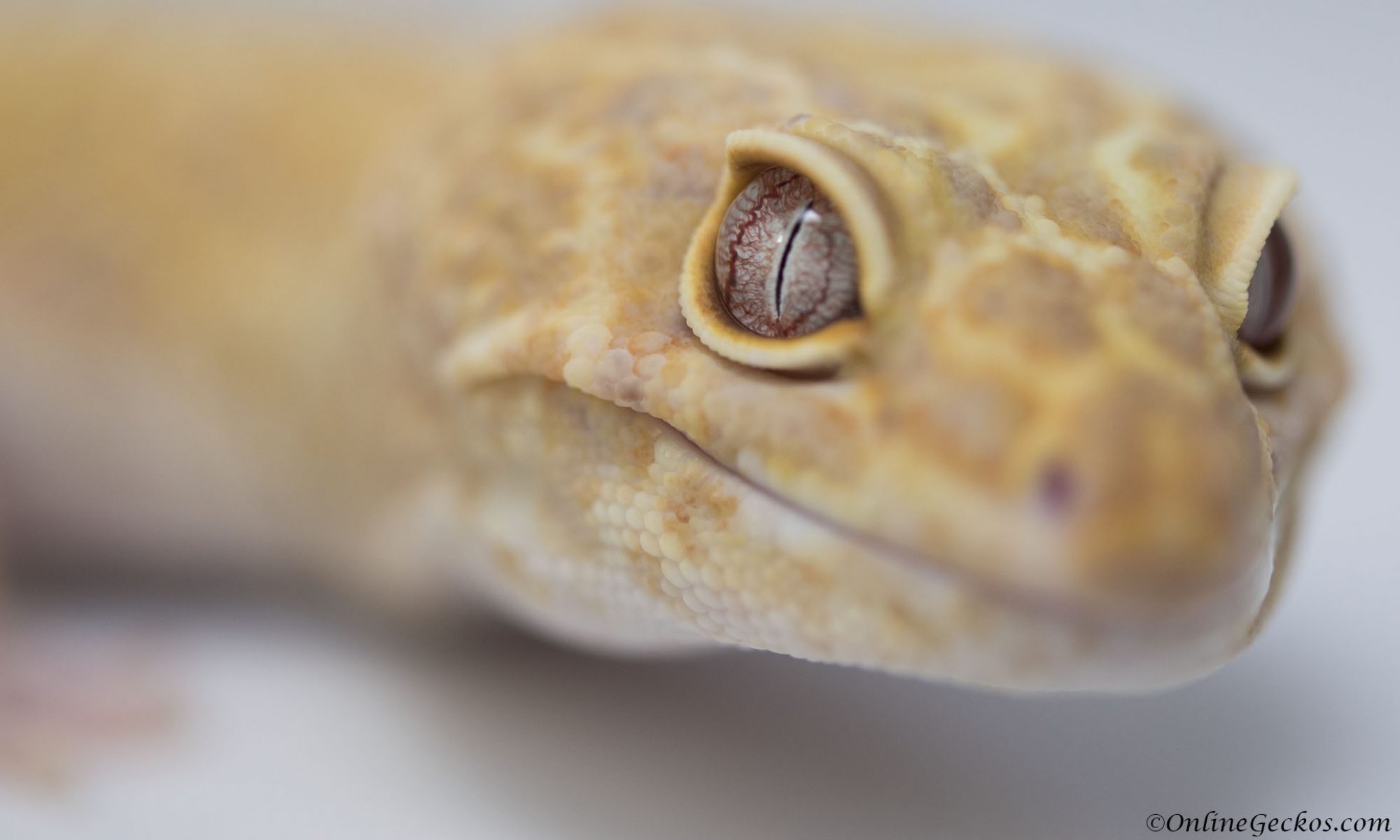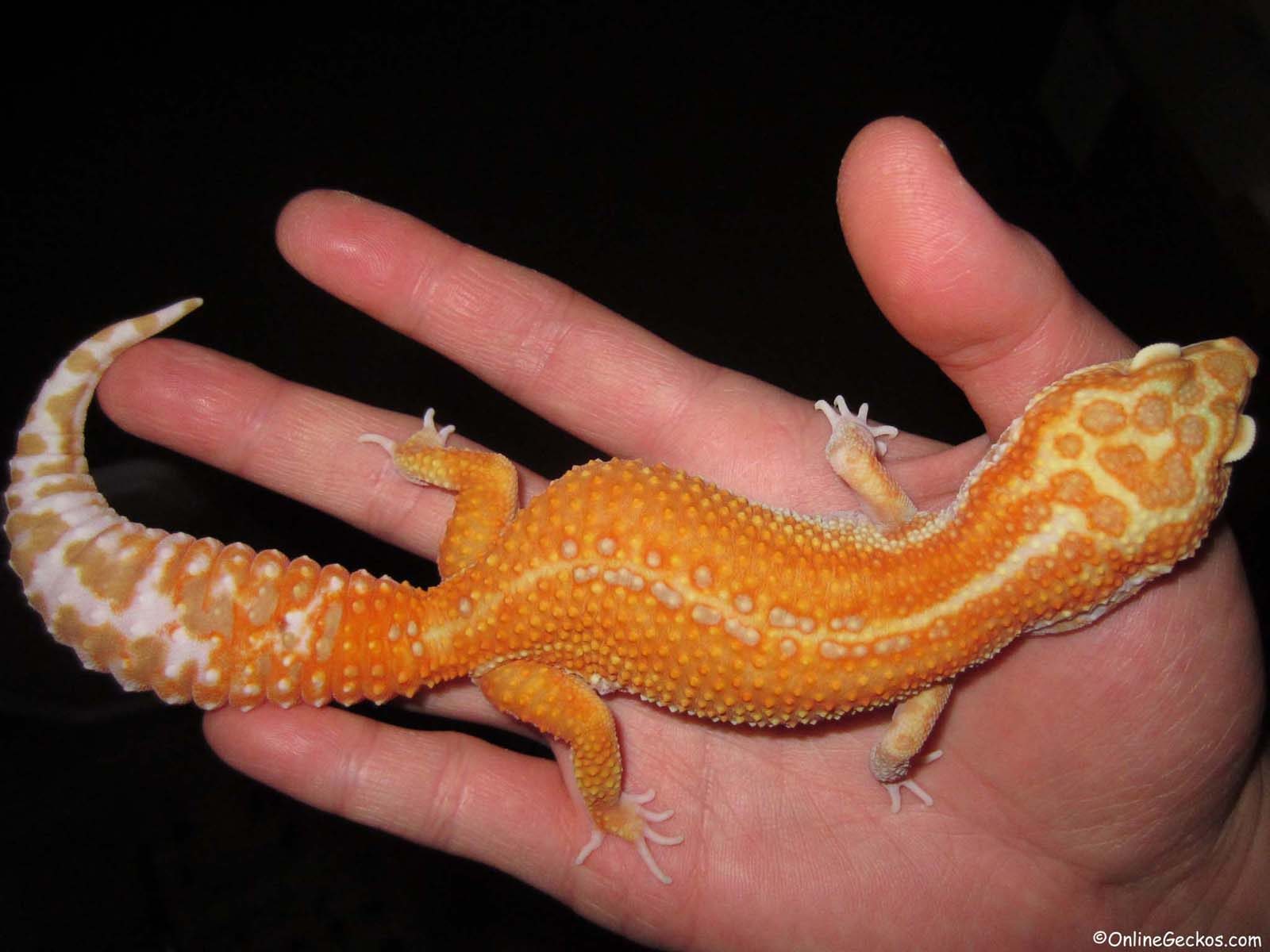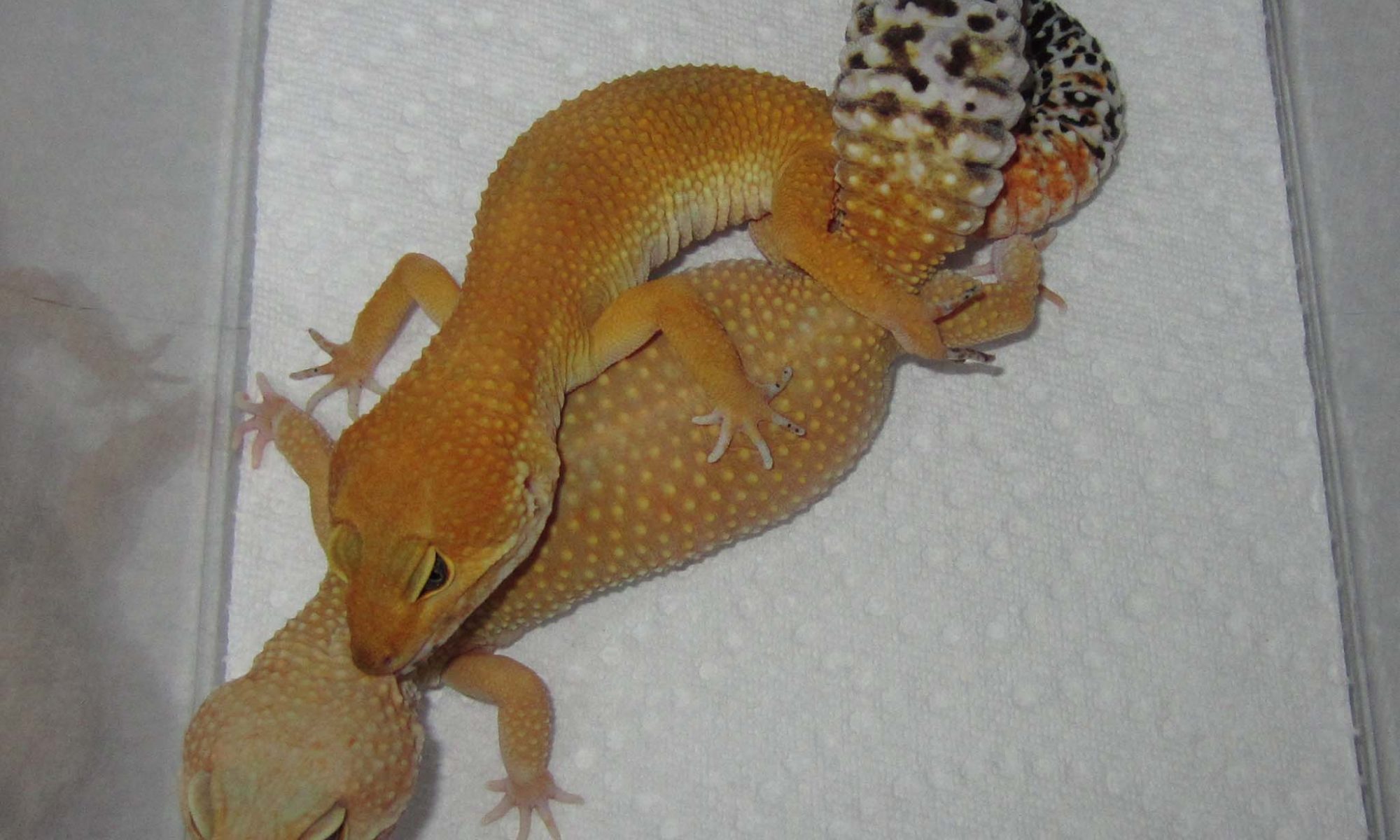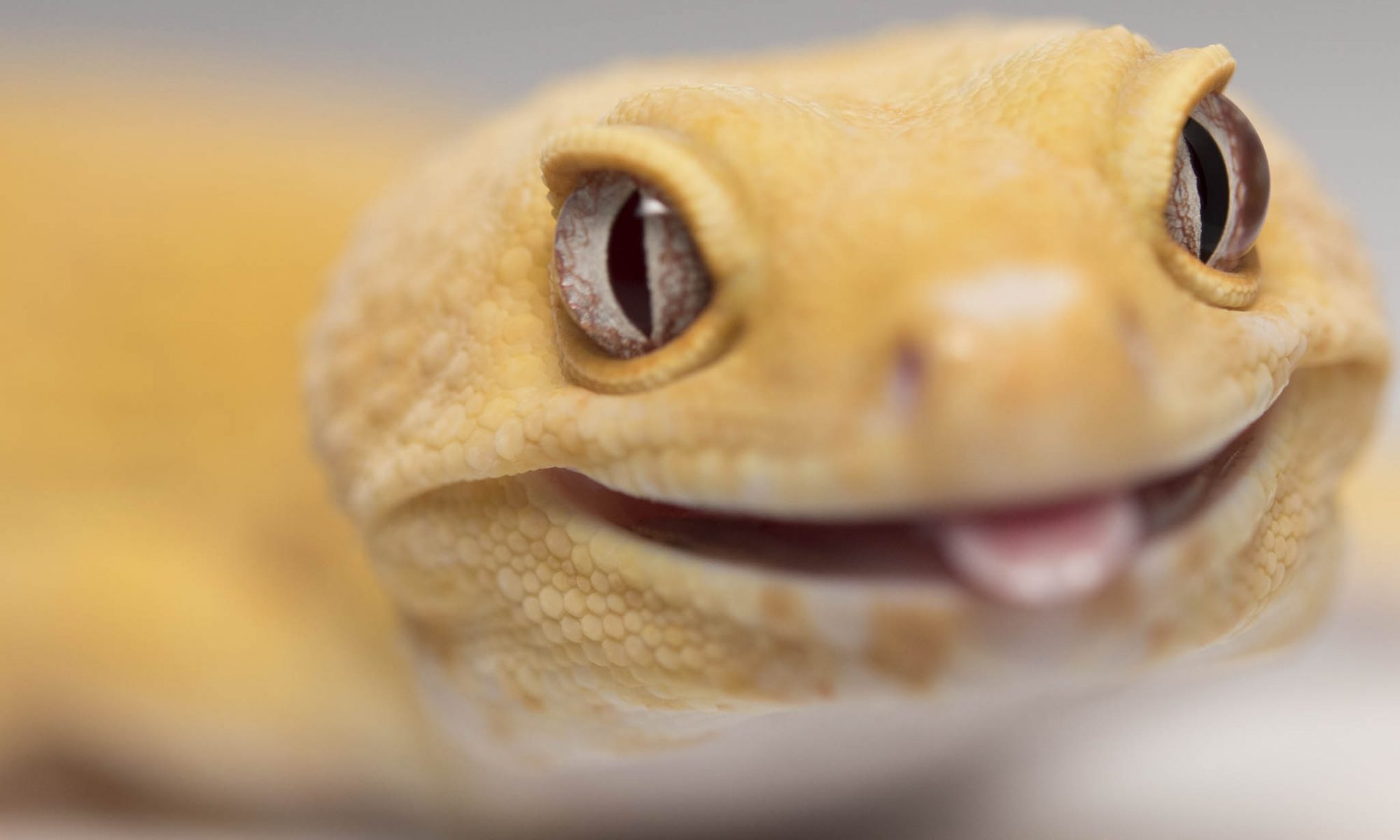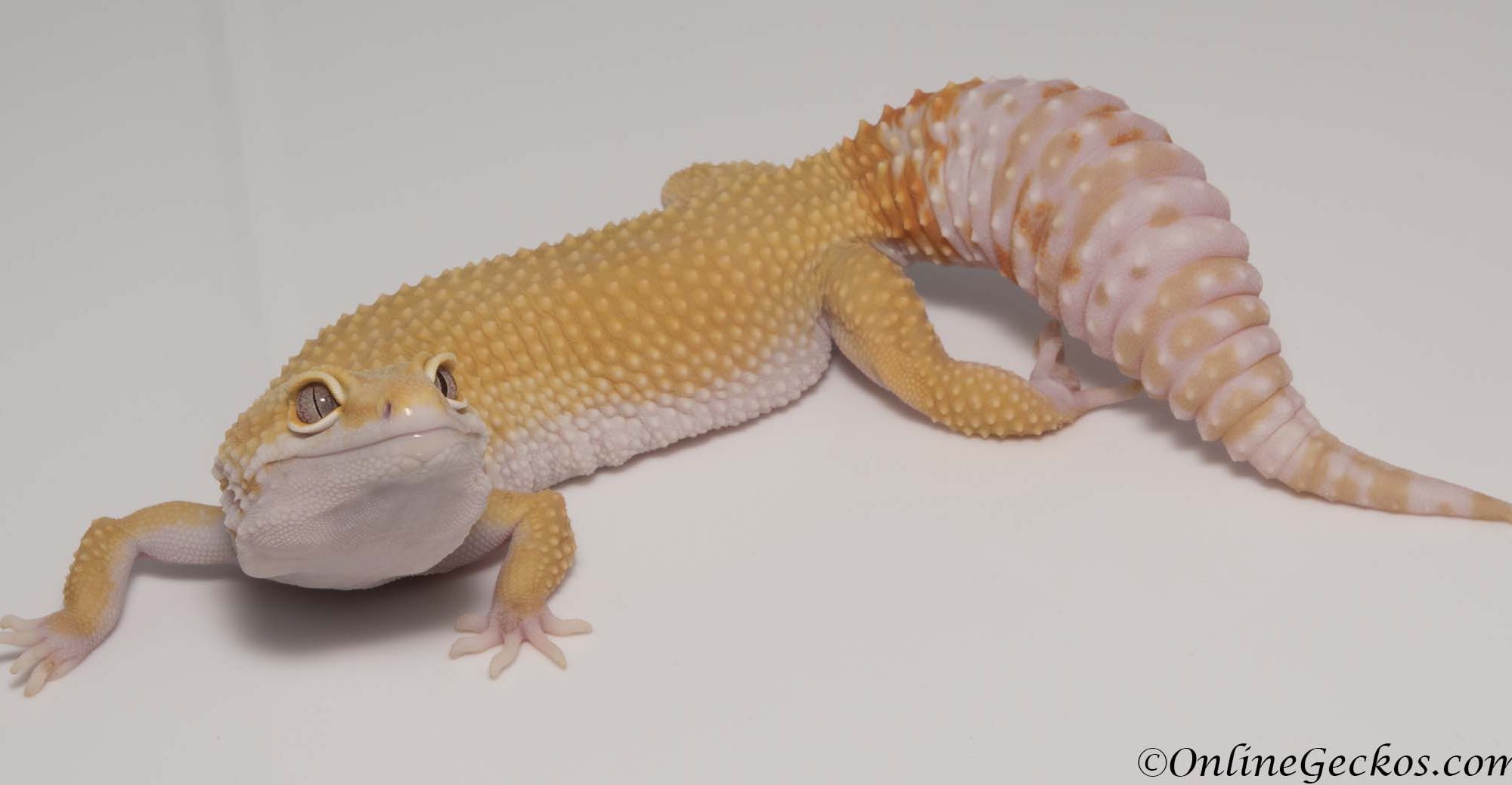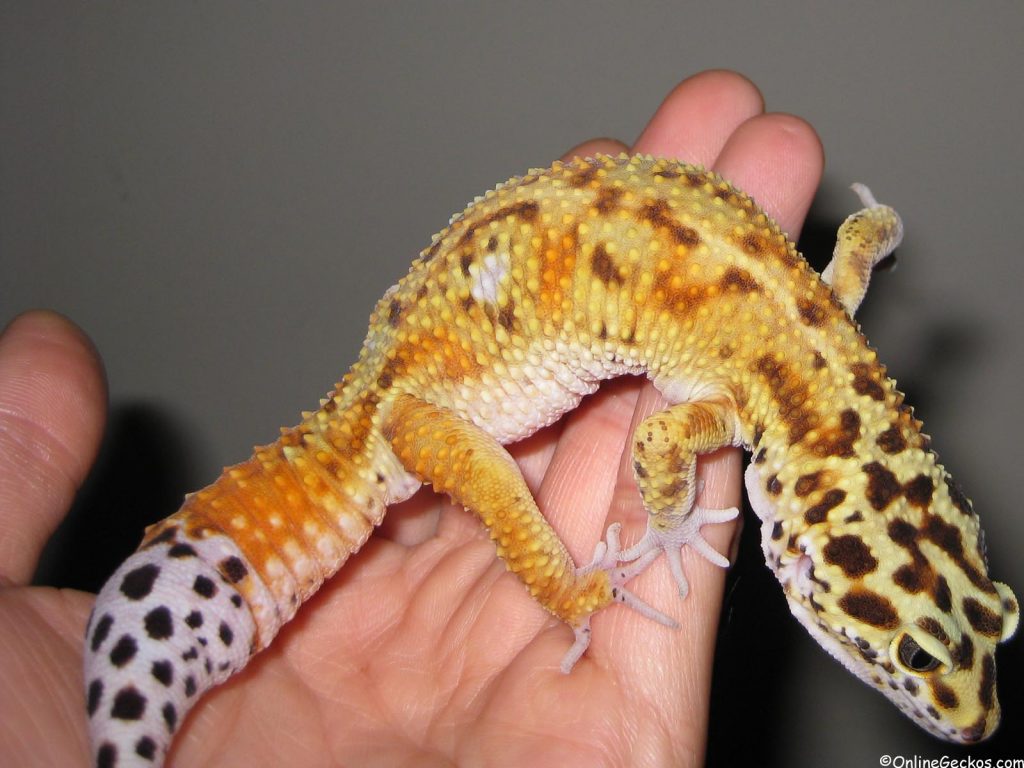One of the most commonly asked questions is “what do I do, my leopard gecko won’t eat”. Your geckos have stopped feeding on a regular schedule, you are now wondering if there’s something wrong. The very first thing you should check is your husbandry. If you have not read our leopard gecko care guide, you should take a look. It contains detailed valuable information on proper husbandry.
Leopard geckos require proper belly heating in order to digest food
If you do not provide proper belly heat, they can’t digest food properly, and could stop eating as a result. The ideal belly heat is between 88 – 93 degrees Fahrenheit. Gecko owners often make the mistake of measuring the air temperature because they purchased a leopard gecko “kit” from the pet store, as they usually come with a stick on thermometer. It’s important you measure the floor temperature where your gecko will be laying on to get the proper temperature reading for belly heat. You can easily and quickly measure your tank’s floor temperature by using a temperature gun like Etekcity’s Digital Laser Infrared Thermometer. Just point and click. Or if you prefer constant reading, a digital thermometer with a probe.
Continue reading “My leopard gecko won’t eat – feeding problems – behavior change”
